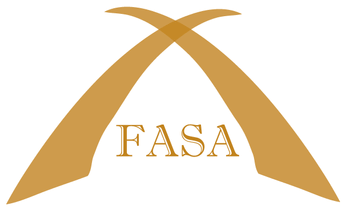The last two weeks have been busy in Tallahassee, with the final two interim committee weeks taking place. With the regular session convening on January 13, let’s take a few minutes to see what has been going on in the legislature. The main responsibility of legislators in Florida’s... Continue Reading
Leader 2 Leader Blog
An account of success in Florida's public schools by school leaders.
The fifth interim committee week is finishing up today. It has been quiet in Tallahassee, with most of the scheduled meetings either being cancelled or only having a few bills or presentations heard. Next week will be the final interim committee week, before a holiday break and the start of... Continue Reading
The Legislature had a week off from committee meetings this week, but it was a busy week, nonetheless. Ten new education-related bills were filed this week, bringing the total number of education bills to 101. You can follow all of the bills FASA is tracking with our bill tracker. Legislators... Continue Reading
By Peter Glahn “Do you like your job?” That’s a question I’ve been asked several times by students and even teachers over the course of my nine years as a secondary school principal. It’s a valid question and one that people who are contemplating their position in... Continue Reading
By Greg Turchetta, Strategic Communications Advisor, Apptegy It’s hurricane season. As a Florida resident, I am eagerly awaiting our next tropical system of the week and the storm-related TV commercials for Florida Power and Light. In Florida, you cannot select a power company. You get... Continue Reading
By Lisa Leali, Superintendent of Schools, Lake Bluff Elementary School, District 65 If you’ve been in education long enough, you know: the pendulum always swings. Right now, it's swinging back hard. Technology is right in the pendulum’s path with cell phone bans and screen time... Continue Reading
By Brad Gustafson People have the capacity to navigate extraordinary change when the conditions are right. But the conditions aren’t always right in education, and leading in an environment of constant change can be exhausting. Some weeks, I consider it a success if I’m able to stay... Continue Reading
By Delaney Rosenberg How can leaders establish a positive, community-oriented culture for the educators on their team? There is a gaping hole in research literature on this topic, despite the fact that our educators’ perceptions of their work have a direct effect on students’... Continue Reading
By Andy Farley and Eric Hagen At Brookfield East High School in Brookfield, WI, we work tirelessly to develop a culture of gratitude and recognition as we live our mission: “Dedicated to Academic and Human Excellence.” Like most schools, we recognize students and their many... Continue Reading
By Fred Makonnen, Head of Sales & Distribution – Equitable Group Retirement Across the United States, school districts are managing tight budgets, talent shortages, and growing pressure to do more with less. On top of that, the employee benefits landscape is constantly shifting. From... Continue Reading
By Cathy Sork As principals, we understand that the first weeks of school are foundational. Beyond routines and logistics, we are laying the groundwork for the culture and climate that will define the entire year. One of the most powerful ways to ensure students are set up for success is by... Continue Reading
The Importance of Getting to Know the Students you Serve… As educators, we often focus on providing for a student’s physical, emotional, and developmental needs. But amidst these actions, there's one vital, yet sometimes overlooked, element: eye contact. Taking a moment to look... Continue Reading
